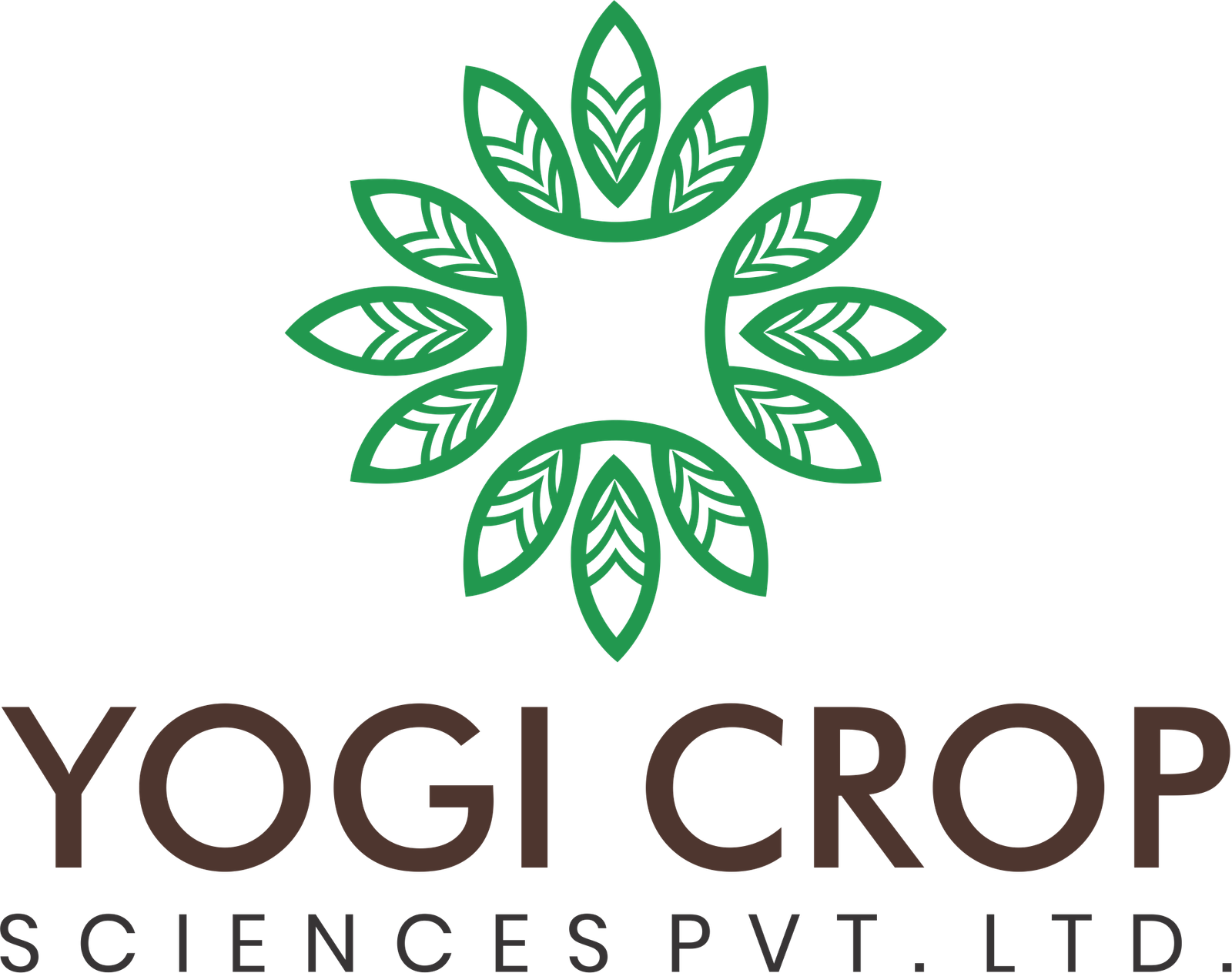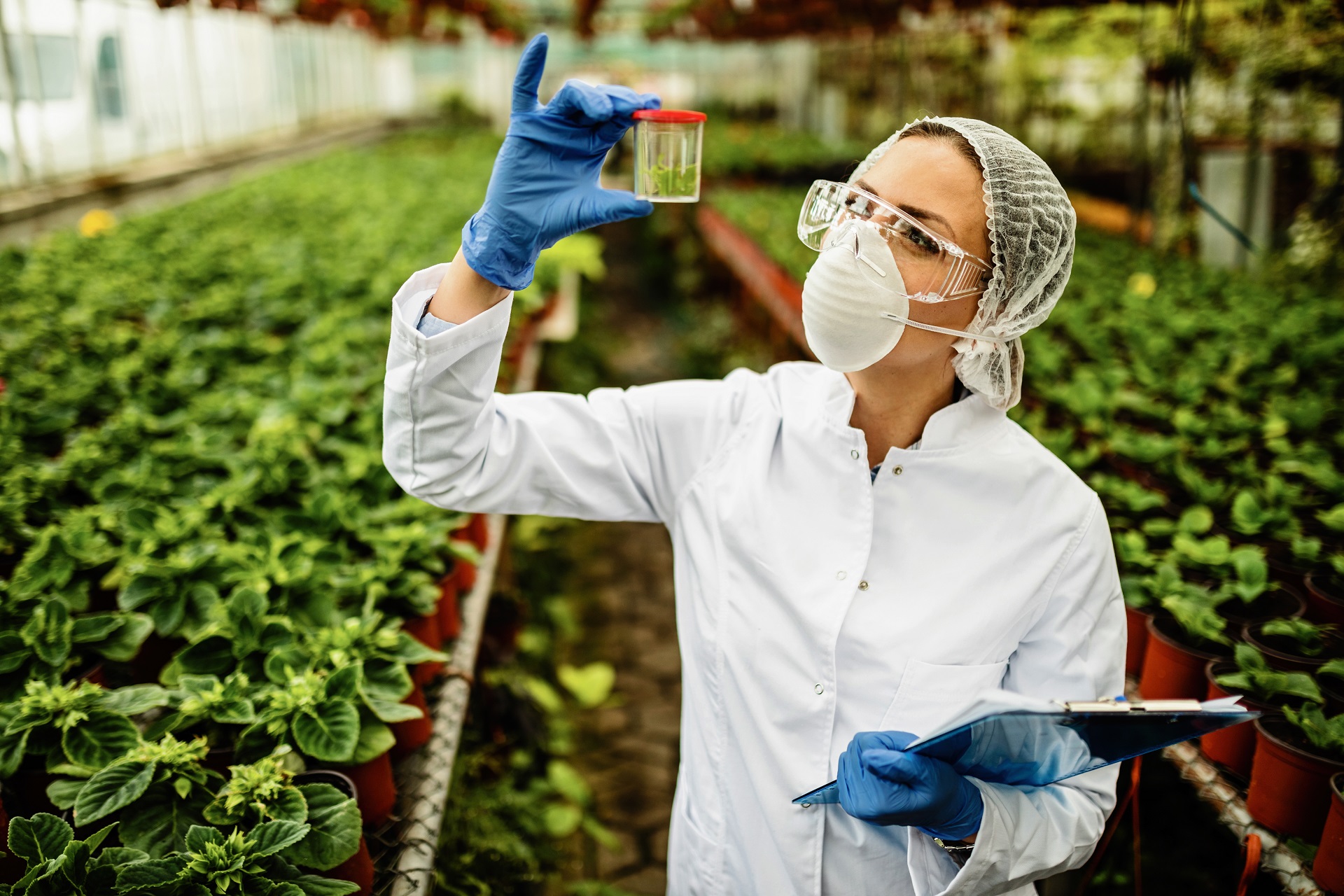Integrated Pest Management: A Sustainable Solution for Smarter and Healthier Farming
Pest infestations cause significant losses in Indian agriculture, making pest control a top priority for farmers. However, excessive reliance on chemical pesticides has led to concerns about soil health, biodiversity loss, and pesticide resistance. Integrated Pest Management (IPM) offers a balanced approach by combining chemical, biological, and cultural pest control methods for sustainable farming.
What is Integrated Pest Management (IPM)?
IPM is a holistic strategy that minimizes chemical pesticide use by incorporating multiple pest control techniques, including:
- Biological Control: Using natural predators like ladybugs and parasitoid wasps to control pest populations.
- Cultural Practices: Crop rotation, intercropping, and proper irrigation techniques to reduce pest attraction.
- Mechanical Control: Traps, barriers, and manual removal of pests to minimize infestation.
- Chemical Control: Using pesticides judiciously only when necessary, with a focus on targeted application and minimal environmental impact.
Benefits of IPM
- Reduces Chemical Dependency: Farmers use fewer synthetic pesticides, promoting healthier ecosystems.
- Prevents Pesticide Resistance: Rotating different pest control methods prevents pests from developing resistance.
- Enhances Soil Health: Reduced chemical use helps maintain soil fertility and microbial balance.
- Cost-Effective for Farmers: Combining techniques minimizes long-term pest management costs.
How Agrochemical Companies Can Support IPM
- Developing Biopesticides: Promoting microbial and botanical-based pesticides for sustainable pest control.
- Educating Farmers: Conducting training programs on IPM techniques.
- Innovating Smart Pesticides: Creating pesticides with controlled release and targeted application to reduce environmental impact.
Importance of Integrated Pest Management in Modern Agriculture
Integrated Pest Management has become a cornerstone of sustainable agriculture worldwide. It not only addresses pest issues but also maintains ecological balance. In India, where small and marginal farmers form the majority, adopting IPM helps reduce the financial burden of repeated pesticide use and ensures long-term farm productivity. By combining traditional agricultural wisdom with scientific innovation, farmers can achieve a healthier and more resilient farming system.
Key Principles of Integrated Pest Management
Prevention First: IPM focuses on preventing pest problems before they occur by improving crop health, maintaining clean fields, and using pest-resistant crop varieties.
Monitoring and Identification: Continuous observation and proper pest identification help determine the right time and method for control.
Decision Making: Actions are taken only when pest levels reach a threshold that can cause economic damage.
Sustainable Solutions: IPM encourages environmentally friendly methods, reducing reliance on chemical pesticides and ensuring safety for humans and wildlife.
Examples of Integrated Pest Management Practices in India
- Cotton Farming: Use of pheromone traps and beneficial insects to manage bollworms.
- Rice Cultivation: Introduction of fish in paddy fields to eat larvae and pests.
- Vegetable Crops: Neem-based biopesticides and trap crops like marigold help repel harmful insects.These real-world examples show how Integrated Pest Management can reduce costs and pesticide dependence while maintaining crop quality.
Economic and Environmental Benefits
Implementing Integrated Pest Management offers both economic and environmental advantages. Farmers save money by minimizing pesticide use and reducing crop losses. It also promotes biodiversity by protecting beneficial organisms and pollinators. Over time, healthier soils and cleaner water bodies contribute to improved agricultural sustainability and food safety.
Government Initiatives to Promote IPM
The Indian government has launched several programs under the National Integrated Pest Management Scheme to train farmers and promote eco-friendly practices. Demonstration farms, workshops, and awareness campaigns have been established to show the real benefits of IPM adoption. These efforts aim to increase productivity while minimizing environmental risks and ensuring safer food production.
Challenges in Adopting IPM
Despite its proven benefits, IPM adoption faces challenges such as lack of farmer awareness, limited access to biological control agents, and inadequate field training. Strengthening agricultural extension programs and improving access to biocontrol inputs can help overcome these barriers. Encouraging public-private partnerships will also accelerate IPM implementation across India.
Future Outlook
The future of farming in India depends on approaches like Integrated Pest Management that combine sustainability and profitability. As climate change alters pest dynamics, adopting IPM practices will help farmers stay prepared and protect crops effectively. With advancements in digital agriculture and precision technology, IPM is evolving into a smarter, data-driven approach for modern farmers.







